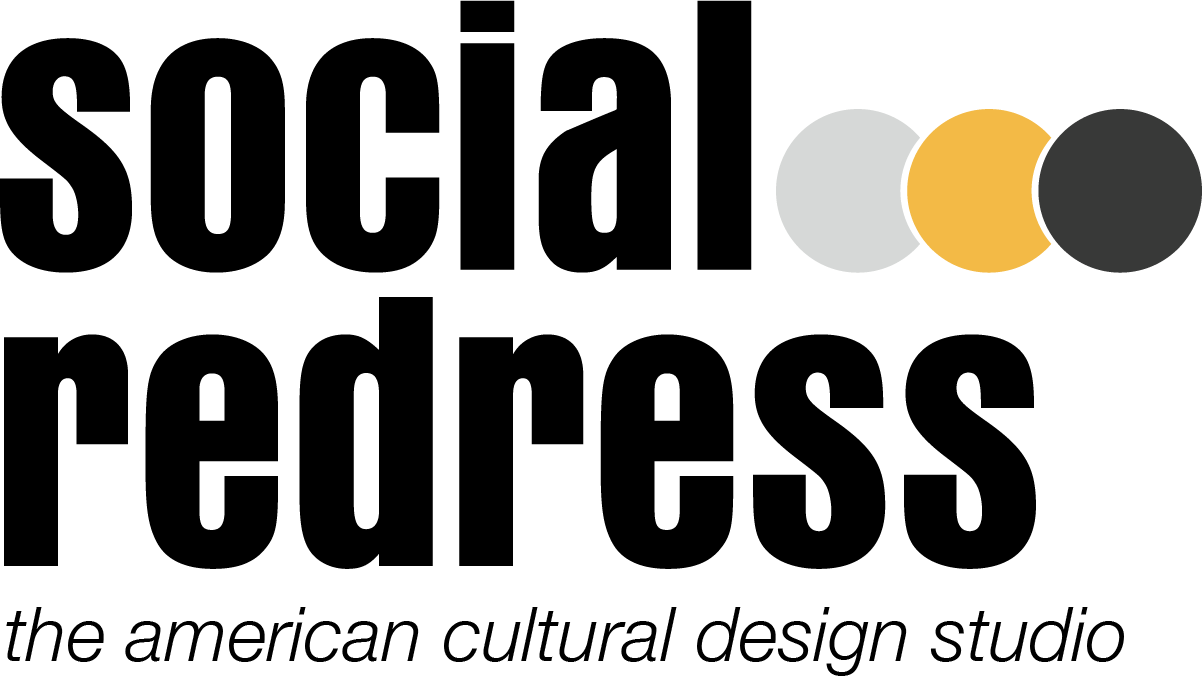Contamination: Phenomenology and Epistemology through Dress
Kwame Appiah identifies “contamination” as the process by which cultures become intertwined through proximity and/or the cross-cultural borrowing of practices and artifacts. While this builds from Eicher’s seminal work regarding cultural authentication, the current response to contamination is generally contentious especially as opinions of multiculturalism become more pronounced. However, multiculturalism conceptually is loaded, offering only an ideological endpoint. Paradoxically, it’s proponents often employ bifurcating methodologies to achieve it. Rather than a cooperative effort of equitable cultural interchange, the approach is a dialectic of who appropriated what or a penchant to assign blame to the oft-cited white, colonialist oppressor. Yet, the reality is that the practice of colonialism is more widespread than that which was perpetrated by 19th century Europeans; secondly, the cultural exchanges that occurred due to colonialism were not unilaterally negative. Contamination not only addresses the question of whether culture is/isn’t something that can be concretely or abstractly owned, but also it seeks to investigate if through the act of appropriation, a wearer can be imbued with a degree of epistemic or phenomenological access to alternate cultures solely through dressing. It provides inquiry into several different sartorial items that are emblematic of or are sacred to various cultural groups. Garments of cultural significance were researched and designed with traditional craftsmanship and design theory in mind and were then photographed on participants etic of the object’s original cultural group who were then asked to recount their experiences whilst embodying the garments. Through this experience, an interlocution is forced to be had vis-á-vis the subjects’ recounted experiences and the necessarily differing perspectives and interpretations had by the viewer. Thus, fashion is potentialized as a conduit by which cultural understandings may be inherently accessed and by which a practical collective identity may be achieved.


















HIJAB is a head covering worn in public by many women around the world of the Islamic faith. Hijab is frequently styled differently based on the woman’s culture or national origin. For some, hijab represents a form of expression while for other it can be seen as an act of modesty in accords to the religious tenets of Islam.
23 / F / Caucasian
“I was definitely aware of it the entire time. It wasn’t another accessory like a hat or something. I think it is because of what’s going on socio-politically across the world…there was a couple times when I was walking around where was honestly wondering if someone was going to call out the fact that I was wearing one especially because I don’t look like I from that culture at all…I didn’t sense any hostility…I’ve definitely seen other people wearing a hijab, other people can be very uncomfortable with it so I wonder if it has to do with the hijab and the color of their skin.”
HANBOK is the traditional clothing ensemble of Korea being traced back millennia. Literally translating to “Korean clothing”, hanbok is worn by both men and women, consisting of a silken jeogori (the jacket) and either a voluminous chima (skirt) or baji (trousers). Hanbok portrays a soft balance of form and color combinations that speak to the beliefs of philosophies such as Confucianism. Compared to western fashion, hanbok strongly highlights curvilinear line and negative space to emphasize the aesthetic beauty of the garments.
23/F/ Black (Jamaican)
“It was nice because it was of a different culture and I got to experience that. Other people would look at me– other people who identified with the culture– and they were shocked and they get to see someone else from a different culture dressed in their tradition.”
WARBONNETS, elaborate, feathered headdresses worn by the chiefs of various Native American tribes of the plain’s region. Warbonnets are significant markers of social honor within tribes often being made from hides, eagle feathers and detailed bead work. The feathers were earned generally by warriors through acts of bravery. As such the headdress not only represents status but communicates larger principles of tribal loyalty, commitment, and duty.
21/ M/ Mixed (Chinese & Caucasian)
“I have learned much about the Native Americans throughout school. It was empowering, I guess, because I was doing something that could be defined as spreading peace and positivity. I felt normal in public, because I was just being myself.”
TARTAN cloths have their origin in the Scottish Highlands. Woven in artistic patterns modernly known as plaid, a unique tartan motif corresponded to each of the several clans of the time. The design above references the Cornish plaid motif. Tartans were traditionally fashioned into mantles or kilts. Today, the tartan and kilt remain as sartorial symbols of Scottish pride and heritage.
26 / M/ Black
“I know that there were cultures that use kilts as everyday wear. It was an interesting experience in the sense that in today’s perspective, specifically in American perspective that type of dress is considered less masculine and less of the norm. But my experience is bringing my own persona so that I embody that…It’s fun to know that people are looking at you because of what you’re wearing and they’re interested.”
HUIPIL is a generally made from lengths of rectangular cloth stitched to form a garment to be worn about the shoulders. This garment is associated with the many indigenous ethnic groups of the Mesoamerican region in areas Guatemala or Mexico and has undoubtedly influenced contemporary perceptions of cultural dress in these locales. Huipil is often vividly colored or embroidered and is traditionally styled with a quechquemitl (a type of shawl) and a wrapped skirt.
25/ F/ Caucasian
“I spent a lot of time in Mexico when I was little, so I have seen things like that. I think it’s beautiful…I liked it, it was really fun [to wear] I feel like I see a lot of white people wearing them anyways so I didn’t feel especially weird. I feel like cultural mixing has become so common at this point.”
KANDURA has many names, however is an immensely popular garment worn by men in the Arabian Gulf area. Each kandura varies slightly in fit and features and come in a variety of colors with white tending to be preferred speaking to a different perspective of menswear and tailoring. The design above depicts a blending of the Qatari and Kuwaiti styles. Typically, the kandura is worn with a keffiyeh on the head which serves a strong symbol of cultural and national identity. Kandura can also be styled with a cloak known as a bisht for more formal occasions.
22/ M/ Latino
“It was a very cool experience. I’ve never worn one before, but it was definitely an eye-opener because we are exposed to so many cultures here in NYC, and I’ve never heard of [a kandura] before—but you learn something new every day. There was a lot of people looking at me in an interesting way. It was very fascinating in a way…I liked it. It was a different experience for sure.”
CHAOPAO, also known as Dragon Robes are formal court robes popularized during the Qing period in China (ca. 1644). The chaopao, purveyed by the Manchu people, replaced the previous voluminous and draped robes of the Chinese with this heavily embroidered, trapeze silhouetted garment made in a traditional Eastern two-dimensionality, with iconic horse-hoof shaped cuffs. This style of robe is commonly done in blue (the official color of the Qing court) and prominently feature embroidered dragons. Chaopoa is one of the earliest precursors to the more commonly known qipao.
24 / F/ Russian
“Truthfully, I have never heard about [chaopao] before. The texture was really nice and I really liked the colors…I’m used to wearing a lot of different outfits being a model. Unfortunately, I was not thinking of wearing a traditional outfit, I was just thinking of wearing a beautiful piece. … A lot of people were paying attention and giving compliments saying that I was wearing a beautiful piece so I just felt it was something beautiful and unique on me and I wasn’t thinking of wearing a historical piece.”
GELE has its origin on the western coast of Africa in Nigeria. The gele is typically worn by the Igbo and Yoruba people and is donned on many occasions from the everyday, to the formal. Typically, geles are crafted from bold vibrant hues and can be fashioned into elaborately decorative forms to showcase the wearer’s style. Such an art has contemporary reaches in African-American culture as well.
25 / F / Chinese
“I thought it was interesting; it was definitely a unique experience. I don’t usually wear anything around my head in general. I don’t keep my hair covered…I think it’s not a look I’ve seen a lot in New York. I think a lot of people would turn and stare because of that. It’s very colorful and unique. I felt a little self-conscious just because it’s not something I’m used to, and I don’t think that other people are used to. Other than that, I thought it was a cool piece to wear.”
Photography by Sanchez Murray
Styling by Mahsa Goodarzi
Special Thanks to Emilia Boulton


